My question intersects with "What does this op-amp circuit do? (part of an ECG)", but I need some more detailed clarification on the opamp integrator of this right leg drive circuit as found in the LT1168-Datasheet, especially what calculation is behind C1, R1, R2 and the frequency response of that integrator...
If I understand correctly the integrator acts like a low pass filter because of the capacitor C1 in the feedback path that alters the output gain with increasing input frequency. I reckon "POLE AT 1kHz" is meant as the point where the integrator starts to attenuate the output signal with increasing input frequencies (and so, amplifying only the wanted common mode signal (50Hz/Europe)). Can you please explain how the "1kHz" calculation come about? I am confused by two resistors in the feedback path. What does R2 do?


